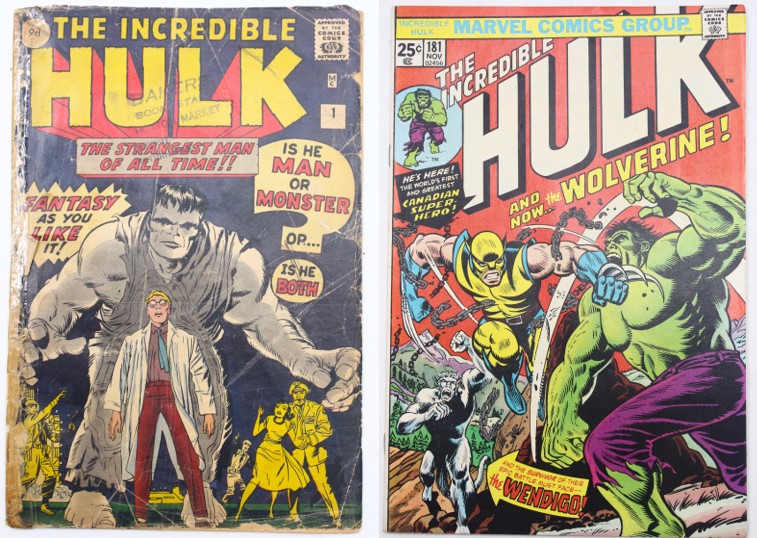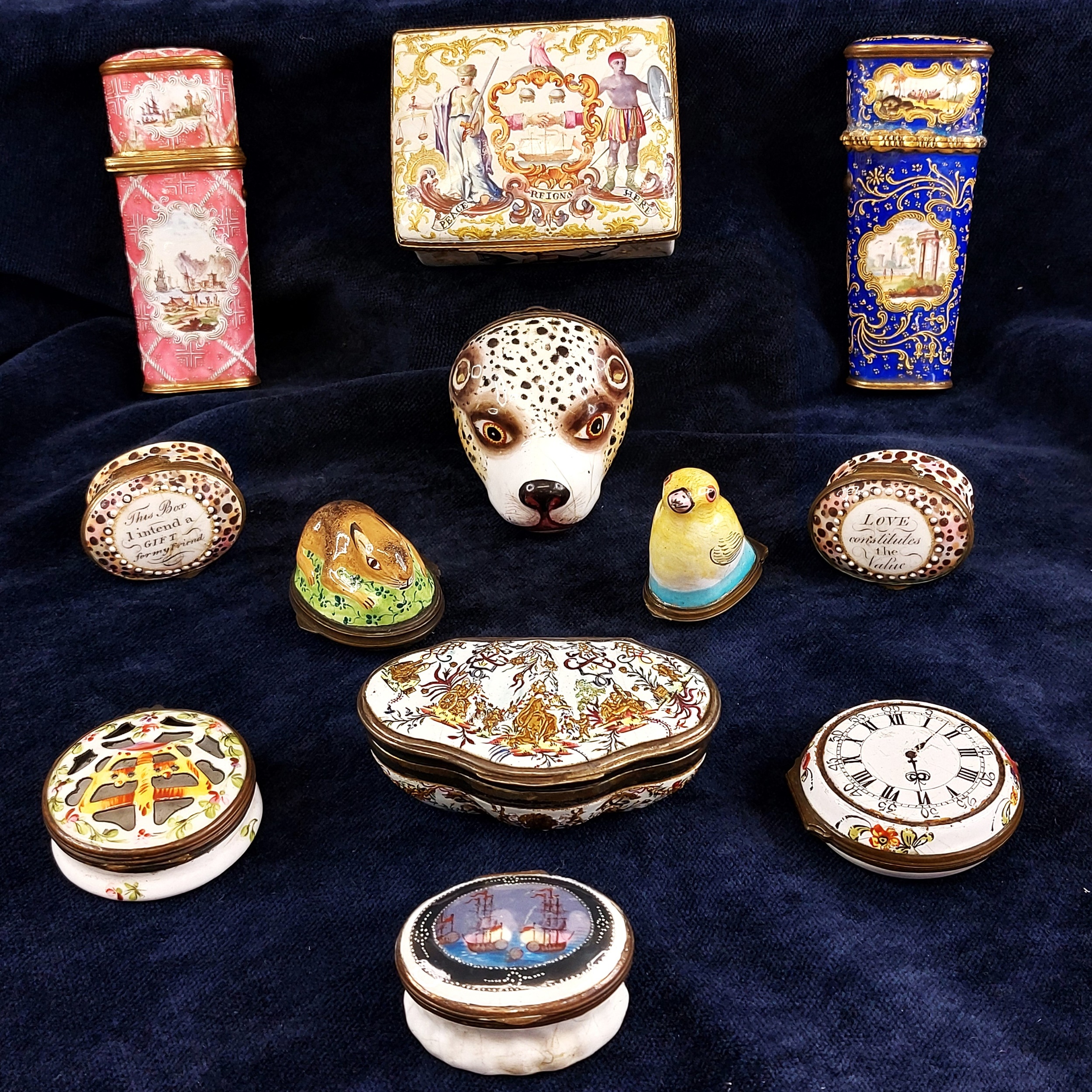A Brief History of Auctions
Despite our long-standing place in auction history, having been established since 1869, the history of auctions goes far back into antiquity.
The word "auction" is derived from the Latin augeō, which means "I increase" or "I augment". Describing the practice that the highest bidder for an item, wins it (as opposed to the Dutch Auction system which works in reverse).
The first recorded auction occurred around 500 B.C. Ancient Greek historian Herodotus reported that marriage auctions of women in Babylon took place annually. While Roman soldiers would drive a spear into the ground around which the spoils of war were left to be auctioned off. Later, slaves (captured as the "spoils of war" by the Roman victors) were auctioned in the forum under the sign of the spear, with the proceeds of sale going towards the war effort. A far cry from the genteel impression which auctions would later assume!
Maybe because of this unsavoury history, auctions fell out of favour in Europe from the end of the Roman Empire to the eighteenth century. In some parts of England during the 17th and 18th centuries 'auctions by candle' took place; the end of the auction being signalled by the expiration of a candle flame (to ensure that no one could know exactly when the auction would end and make a last-second bid - something eBayers can sympathise with). This type of auction was first mentioned in the House of Lords records of 1641. The practice rapidly became popular and in 1660 Samuel Pepys's diary recorded two occasions when the Admiralty sold surplus ships "by an inch of candle". The popularity of buying and selling by auction was re-sparked and the first known auction house in the world was established in Sweden in 1674, beating us by 195 years.
By the end of the 18th century, auctions of art works and chattels often took place in taverns and coffeehouses. It's a shame that this custom fell out of favour, but with the advent of internet bidding it is now possible (although not necessarily advisable) to bid from the pub again!
After the French Revolution and the ensuing political convulsions on the Continent, Britain was considered the only safe haven for European aristocratic families' art and antiques. Many of the artworks which found refuge here remained, and helped to make London the art capital of Europe - not least when they eventually made it auction. Many of these artworks ended up in the country houses of the British aristocracy (and newly emerging industrial magnates), and those that managed to avoid the Great Art Dispersal of the 19th century are still trickling into auctions to this day. We have been fortunate enough to handle several illustrious Country House & Estate auctions, the most recent being the Rushbrooke Estate in 2015.
The succeeding two centuries saw the expansion of auctions into all fields. Livestock auctions became a staple in many regional market towns (including Bury St Edmunds until our last sale in the year 2000), while art and antiques continued to dominate the London auction scene.
As time went by, more specialisation entered the market and contemporary art found its feet in the late 19th century as 'new money' started to patronise living artists. The 20th century saw this trend continue and the modern art movement saw works moving from artist to auction in ever shorter timespans. The 1980s were a boom time for auctions (think Lovejoy and the Antiques Roadshow which began in 1979), but the collapse in the early '90s meant that the US overtook the EU as the largest art market with a global share of 47% in 2001.
The nascent 21st century has witnessed a revolution in auction practice, whereby the internet has completely changed the game - as it has in so many spheres of our lives. Emerging Asian markets, global recession, and flat-pack disposable furniture have influenced prices and popularity of certain items.
Lacy Scott & Knight has been a part of this story since 1869. From fat sows and chickens through breaking records (including a pair of Sevres vases for half a million pounds, right), to being one of the first provincial auctioneers to adopt live bidding, we have successfully negotiated the hurdles and risen to various challenges to become one of the largest and most successful auction houses in the East of England.
Today we hold over 30 sales per year, which range from three-weekly auctions of General Antiques & Collectables with lots selling for a few pounds upwards, to quarterly Fine Art & Antiques sales. Our quarterly Toys & Collectors Models sales are the largest of their kind in the UK, and we have been holding bi-annual Twentieth Century Design sales since 2010. In addition to this, we have taken advantage of the growing interest in Coins, Medals & Militaria, and of course it wouldn't be Christmas without our annual Wine, Port & Spirits sale.
We hope you can be a part of our history too!





